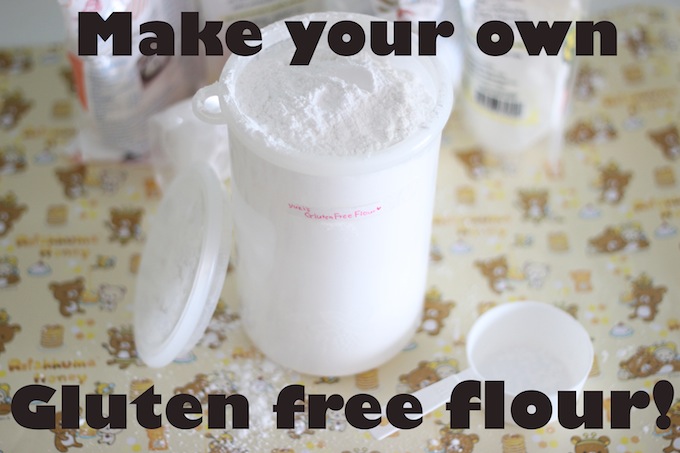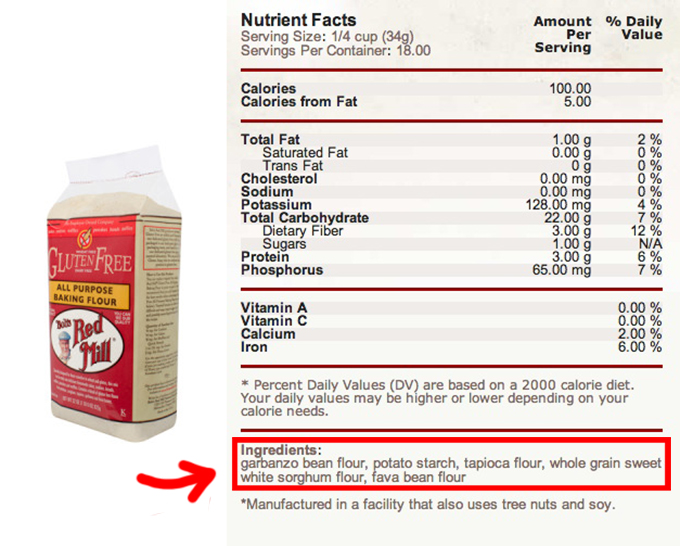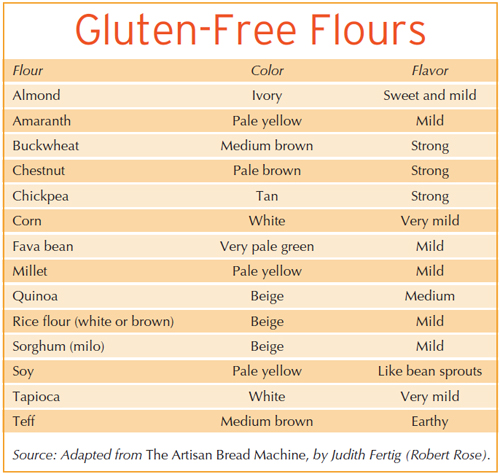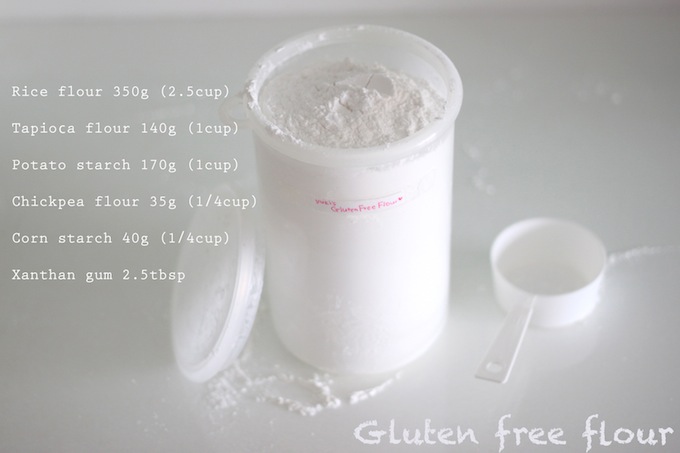 Gluten is a sticky, stretchable protein found in grains like wheat, barley, oats, and rye. I love gluten. In fact, I take it a bit too much lately. Pizza, bread, pasta… all my favorite foods contain gluten, even in my soy souse! So I decided to take less gluten when I’m home cooking for me and my boyfriend just because we think it might be better not to be “gluten overloaded”.
Gluten is a sticky, stretchable protein found in grains like wheat, barley, oats, and rye. I love gluten. In fact, I take it a bit too much lately. Pizza, bread, pasta… all my favorite foods contain gluten, even in my soy souse! So I decided to take less gluten when I’m home cooking for me and my boyfriend just because we think it might be better not to be “gluten overloaded”.
You need to avoid gluten completely if you have celiac disease or some sensitivity to it. So if you are one of them, try my gluten-free flour, it’s really good! However, if you are one of these people who is avoiding gluten because everyone is doing it right now, don’t get too scared of Mr.Gluten. There is no scientific fact that gluten is bad for the human body.
Gluten is not something for you to be fear unless you have celiac disease. It’s just when you take too much of one thing, it’s not recommended to be “healthy”. If you think you should cut down gluten, try this recipe for a couple days to see how you feel.
Bob’s Red Mill “Gluten-free all purpose baking flour” is my ex-flour.
I loved it so much and I have been a repeating customer of Bob’s red mill for ages. I was new to going gluten free, so I just simply bought this one and it’s been working out so well for what I cooked/baked with. But there was a tiny hiccup: -I moved out of the states.
I was living in Japan where imported items were so hard to find. Even if you do find it, it’s unbelievably overpriced. So I was often spotted in a pastry section at stores with a pouty face, asking myself a never-answered question: -“why is living in Japan so expensive?”
One day at the international market in Tokyo, I flipped the package and found out that they have listed these main ingredients of their products, and that’s when I decided to make my own gluten free flour
It looks like Mr.Bob uses Garbanzo bean (Chickpea) flour, potato starch, tapioca flour, rice flour, and fava bean flour. But look, there are actually so many options for the gluten-free people.
List of Gluten free flour options:
WHOLE GRAIN FLOURS
brown rice flour
buckwheat flour
corn flour
mesquite flour
millet flour
oat flour
quinoa flour
sorghum flour
sweet potato flour
teff flour
WHITE FLOURS/STARCHES
arrowroot flour
cornstarch
potato flour
potato starch
sweet rice flour
tapioca flour
white rice flour
NUT FLOURS
almond flour
chestnut flour
coconut flour
hazelnut flour
BEAN FLOURS
fava bean flour
garbanzo bean flour
kinako (roasted soy bean) flour
List of flour colors and flavors:

It’s great to see all these incredible choice we have for gluten free diet, but you can’t just put them all together. You need to know how much amount of each to create the great taste. And that requires a lot of experiments, which I did. (Ow yes)
For gluten free flour, you want to add Xanthan Gum. Gluten is what make your food rise. Bread is fluffy because of gluten. Pizza is chewy because of gluten. In the world of gluten-free baking, Xanthan gum plays the important role of imitating gluten.
After many research and reading, here is my own “Yuki’s Gluten Free flour”. It goes perfectly well on baking, making curry roux, and my remarkable pancakes!
- ・350g (2.5 cups) rice flour
- ・140g (1 cup) tapioca flour
- ・170g (1 cup) potato starch
- ・35g (1/4 cup) chickpea flour
- ・40g (1/4 cup) corn starch
- ・2.5 tbsp Xanthan Gum
All the health blogs and media have been raving about gluten free diet and I think it might make people misunderstand things sometimes. All I want to share today is that we shouldn’t be “gluten-phobia”. We should be more “gluten-aware” 
Happy baking, everyone!
xxxx
-Yuki


Leave a Reply